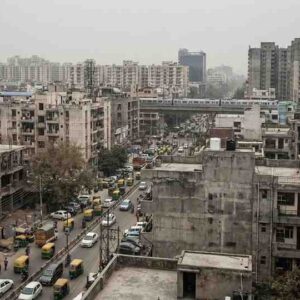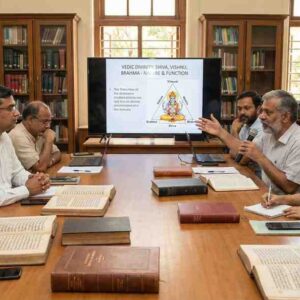Are Indian Films Becoming Tools of Influence?
Delhi – 2025
In a country where cinema is not just entertainment but a cultural force, the intersection offilms and politicsis nothing new. Yet, in recent years, the lines between cinematic storytelling and ideological messaging have become increasingly blurred.
As Bollywood and regional film industries produce more content tied to historical figures, nationalism, border conflicts, and religious narratives, critics and audiences alike are asking:Is Indian cinema turning into a political tool?
The New Political Script
Over the last five years, a steady stream of films withexplicit or implied political leaningshas entered mainstream cinema:
- The Kashmir Files (2022)
- The Kerala Story (2023)
- Accidental Prime Minister (2019)
- Article 370 (2024)
- Uri: The Surgical Strike (2019)
These titles were not only box office successes but also part of wider public debates, election-year campaigns, and evenparliamentary references.
While nationalism in cinema is not new—thinkMother IndiaorBorder—today’s narratives are often tied toreal-time political agendas, campaigns, or policy endorsements.
Government Endorsements and Tax Breaks
A notable trend is thestate-backed endorsementof certain films. Several productions receive:
- Tax-free status in BJP-ruled states
- Promotion through official government handles
- Attendance by party leaders at screenings
- Institutional support from cultural ministries
This unprecedented political embrace of cinema raises questions aboutcreative independence versus state-driven messaging.
Are Creators Complicit or Cautious?
Many filmmakers defend their work as “truth-telling.” Others argue they aresimply reflecting the times, not directing them.
However, multiple industry voices—from actors to screenwriters—have expressed concern over:
- Increasing self-censorship
- Fear of backlash from political groups
- Bias in script approvals for co-productions involving public funding
Even scripts with social critique or satire face scrutiny, often leading to cuts, delays, or shelving.
Audience Polarisation
Today’s viewers are no longer passive. Films likeThe Kashmir Filessparkedideological camps on social media, with fans treating films as political manifestos and critics accused of “anti-national bias.”
In such a landscape,cinema is becoming a proxy battlefield, mirroring larger political divides. The result is a shrinking space for middle-ground storytelling—where nuance, contradiction, and complexity once thrived.
Is It Only Bollywood?
The politicisation of cinema isn’t confined to Hindi films.
Regional industries, too, are increasingly influenced:
- Tamil films addressing caste injustice have drawn the ire of right-wing groups.
- Kannada cinema’s exploration of forest rights (Kantara) walked a thin line between mythology and political symbolism.
- Marathi and Bengali films have faced both praise and suppression depending on their political tone.
The Way Forward
Cinema cannot escape politics—nor should it try to. But the question remains:Is the influence flowing both ways, or is it becoming a one-sided instrument?
A vibrant democracy demandsfilms that question as much as they celebrate. If cinema becomes a monologue rather than a mirror, the cost is not just artistic—it’s societal.
In the coming years, the Indian film industry will need to defend not only box office receipts—but also its right to be politically independent, culturally critical, andcreatively fearless.













